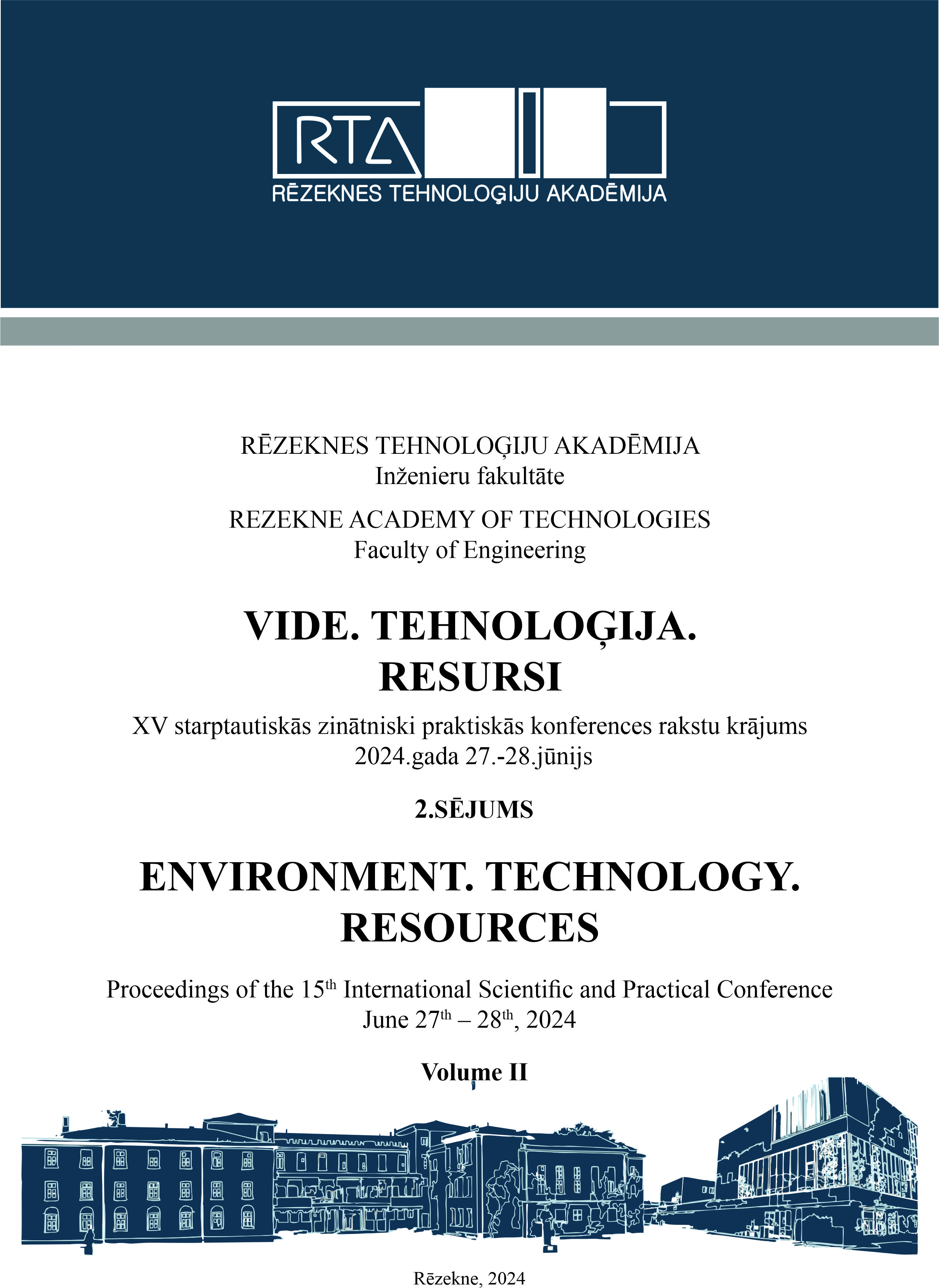SYNERGY OF COMPETENCES IN AERONAUTICAL ENGLISH EDUCATION
DOI:
https://doi.org/10.17770/etr2024vol2.8098Keywords:
aeronautical English language, aviation, competencesAbstract
Successful communication between military pilots and air traffic controllers is vital for ensuring the safety and efficiency of aviation operations. While linguistic competence is fundamental, efficient communication in this context transcends mere language proficiency. The research study explores some contemporary under-researched theoretical and practical issues regarding the acquisition of the military aeronautical English language and establishes a strong correlation between aviation linguistic competence and interactive, cross-cultural and professional competence. This article explores the synergy of these competences and underscores the significance of integrating them in aviation English education. The synergy of competences equips pilots and controllers with the multifaceted skills necessary for ensuring the safety and success of flights in increasingly complex and globalized airspace environments.
References
H.D. Hymes, “On communicative competence” in J.B. Pride and J. Holmes (eds.) Sociolinguistics. Selected Readings. Harmondsworth: Penguin books, 1986 pp. 269-293. 1972.
J. Munby, Communicative Syllabus Design. Cambridge: Cambridge University Press, 1978.
M. Canale and M. Swain, “Theoretical bases of communicative approaches to second language teaching,” Applied Linguistics, 1, 1-47, 1980. DOI: 10.1093/applin/I.1.1
S. J. Savignon, Communicative Competence: Theory and Classroom Practice. Addison-Wesley Publishing Co. 1983.
L. Bachman and A. Palmer, Language testing in practice. Oxford University Press, 1996.
Council of Europe, Common European Framework of Reference for Languages: Learning, Teaching, Assessment, Strasbourg: Language Policy Division, Council of Europe / Cambridge University Press, 2001.
Council recommendation of 22 May 2017 on the European Qualifications Framework.
M. Celce-Murcia, “Rethinking the role of communicative competence in language teaching” in Solen, E. and Jorda, M. (ed.) Intercultural language use and language learning, pp. 41-57. Springer, 2007.
A. Monteiro, From a language only approach to a braoder view of communicative competence for intercultural communications in aviation. Workshop presented at the International Civil Aviation English Association International Conference, Tokyo, Japan, 2019.
C. Elder, T. McNamara, H. Kim, J. Pill and T. Sato, “Interrogating the construct of communicative competence in language assessment contexts: What the non-language specialist can tell us” Language and Communication, 57, 14-21. 2017. doi.org/10.1016/j.langcom.2016.12.005
H. Kim and C. Elder, “Understanding aviation English as a lingua franca: Perceptions of Korean aviation personnel” Australian Review of Applied Linguistics 32 (3), pp 23.1–23.17. 2009. DOI: 10.2104/aral0923
H. J. Emery, “Aviation English for the next generation” in A. Borowska and A. Enright (Eds.) Changing perspectives on aviation English training, pp. 8-34. Wydawnictwo Naukowe, Uniwersytet Warszawski, Warsaw, 2016.
Hofstede, G. and Hofstede, G.J. and Minkov, M. (2010). Cultures and Organizations: Software of the Mind. Revised and Expanded 3rd Edition. New York: McGraw-Hill USA.
Downloads
Published
Issue
Section
License
Copyright (c) 2024 Vanya Katsarska

This work is licensed under a Creative Commons Attribution 4.0 International License.



